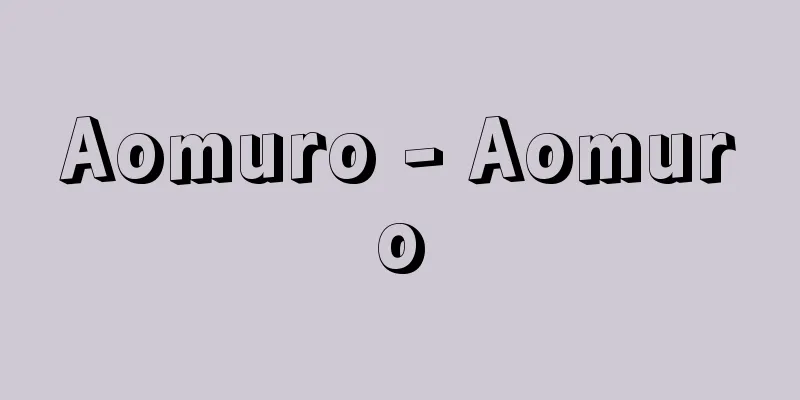Video phone - Terebi Denwa (English) video phone

|
A system that combines a telephone, video camera, video transmitter/receiver, and display. In addition to the voice of a normal telephone, a display shows the other party's image, just like a television, so that you can talk while looking at their face. The basic principle is the same as that of television for the image system, where the camera shows you, breaks it down into image signals, and transmits them to the ground. The image signal received from the ground shows the other party on the display. The audio system is the same as that of a normal telephone. To reduce transmission costs, a method is used that greatly compresses the bandwidth of the image and audio signals using digital technology. As a result, a bandwidth equivalent to one normal telephone line (64 kilobits/second) is enough to provide practical communication quality. Many videophones over the Internet or mobile phones are also transmitted at 64 kilobits/second. Videoconferences with a large number of participants require a bandwidth equivalent to six telephone lines (384 kilobits/second). In addition, high-definition video cameras are used for realistic videophones using large displays, which require a bandwidth of 1 to 2 megabits/second. The idea for videophones was first conceived at the end of the 19th century, and in 1927 the American Bell System successfully transmitted television over telephone lines between New York and Washington. Full-scale research into videophones began around 1950, but videophones were expensive compared to the benefits they offered, and they did not become widespread for a long time. However, advances in digital technology led to bandwidth compression and the development of digital networks, which made communication costs comparable to those of telephones, and terminal costs also fell, so in the 1990s they began to rapidly spread for use in corporate videoconferencing and other purposes. Furthermore, in the 2000s, videophones that use personal computers and the Internet and videophones using mobile phone terminals appeared, and personal use is expanding. [Ryo Tsuboi and Tetsuya Miki] [References] | | |Source: Shogakukan Encyclopedia Nipponica About Encyclopedia Nipponica Information | Legend |
|
電話機、ビデオカメラ、画像送受信機、ディスプレーが一体となった装置で、通常の電話における音声だけでなく、ディスプレーによりテレビと同じように相手の画像を映し出し、顔を見ながら通話するシステムをいう。基本原理は、画像系についてはテレビジョンと同じ原理であり、カメラにより自分を映し、画像信号に分解して対地に伝送する。対地から受信した画像信号は、ディスプレー上に相手を映し出す。音声系については、通常の電話と同じ原理である。伝送コストを下げるために、デジタル技術によって画像信号と音声信号の帯域を大幅に圧縮する方式が使われる。その結果、通常の電話1回線相当(64キロビット/秒)の帯域があればほぼ実用的な通信品質が得られる。インターネットや携帯電話によるテレビ電話も、64キロビット/秒で伝送されているものが多い。参加人数の多いテレビ会議などでは電話6回線相当(384キロビット/秒)の帯域を必要としている。また、大型ディスプレーを用いた臨場感のあるテレビ電話では、高精細ビデオカメラを用いており、この場合は1~2メガビット/秒の帯域を必要とする。 テレビ電話の着想は19世紀末に発表され、1927年にアメリカのベル・システムがニューヨーク―ワシントン間で電話回線を用いてテレビ伝送に成功した。本格的な研究は1950年ころから始まったが、テレビ電話がもたらす効用に比べてコストが高く、長い間普及には至らなかった。しかし、デジタル技術の進歩による帯域圧縮とデジタル・ネットワークの発展に伴って通信コストが電話と同等になり、また端末コストも下がったため、1990年代に入り企業などのテレビ会議用として急速に普及するようになった。さらに、2000年代に入り、パソコンとインターネットを利用するテレビ電話や携帯電話端末によるテレビ電話が出現し、個人利用が拡大している。 [坪井 了・三木哲也] [参照項目] | | |出典 小学館 日本大百科全書(ニッポニカ)日本大百科全書(ニッポニカ)について 情報 | 凡例 |
<<: TV Tokyo Co., Ltd. - TV Tokyo
Recommend
Ståhlberg (English spelling) Kaarlo Juho Ståhlberg
1865‐1952 Finland's first president. Served fr...
The Capital of the Tycoon
…However, the British government was not initiall...
Industrial Classification - Sangyōbunrui
This is a statistical classification of various in...
Stag beetle (Stag beetle) - Stag beetle
A general term for insects belonging to the family...
Eucharist - Thanksgiving
…It comes from the Biblical Greek word eucharisti...
Taiho Code - Taiho Code
An ancient Japanese law code. It is based on the ...
Hufe (English spelling)
A general term for the rights enjoyed by village c...
berkelium
Bk. Atomic number 97. Group 3 actinide element wi...
Kijoka
(Ogimi Village, Kunigami District, Okinawa Prefect...
Agricola, Georgius
Born: March 24, 1494 in Saxony [Died] November 21,...
Ngai
...The institution disappeared during the colonia...
Vassal - Kashin
〘 noun 〙 A vassal of a household. A vassal of a ho...
Sakishimasuou-no-ki - Sakishimasuou-no-ki
A tall tree of the Sterculiaceae (APG classificat...
Lathyrus japonicus (English spelling)
… [Hiroyoshi Ohashi]. … *Some of the terminology ...
Busch, F.
…German violinist and composer. He studied violin...








![Maui [island] - Maui](/upload/images/67cce23a25cf2.webp)
